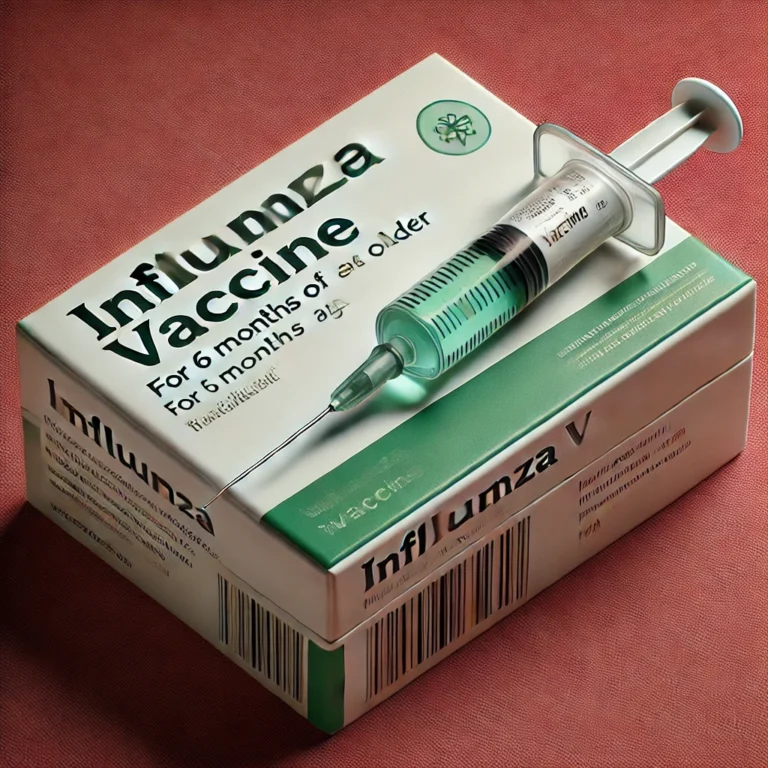The human body isn’t just about how every organ system is integrated, performing different functions. It’s not just about all the medical terminologies used to describe how our physique works. And it also isn’t just about how to take care of it. It’s beyond that. It’s about how we, as owners of our bodies, are cautious about it; How we choose hygiene as our prime concern, and how much we prioritize our health and fitness over other pressing issues. It’s about choosing our mental and physical health above everything. It’s about knowing what nutrition our body needs, being aware of the suitable timings and prescriptions. And also about staying away from all the hazardous things that pose harmful effects on our bodies, be it drugs, self-prescribed medicines, or drinking alcohol.
Even though the world has become increasingly digitized over the past few decades, our health sector is still struggling to meet the general population’s basic needs. The recent pandemic of COVID-19 is indeed the very evidence needed to support the statement above. Countries like the USA, China, United Kingdom, Russia, and many more, despite having the best health care system worldwide, still failed to fight back over the pandemic, and hence the results are nothing but mass deaths. However, it’s not just about the government officials and their responsibilities towards health. It’s about us as well. It’s about how we keep our bodies as fit as a fiddle and how we make ends meet. The mortality rate has escalated so fast in the past few years, mainly due to non-communicable diseases. According to the statistics provided by the WHO, the world’s biggest killer is Ischemic Heart Disease, also popularly known as; “Myocardial Infarction,” responsible for over 16% of the world’s total deaths followed by stroke and chronic obstructive pulmonary disease (COPD).
Henceforth, people need to realize that as important our health sector is in keeping us healthy and alive, it’s more of each of us to take care of ourselves and our bodies. Living a healthy lifestyle will potentially be more lifesaving than any treatment out there, as it’s always known that prevention is better than cure. So, what are the key features through which we can keep our health in good shape?
Several nutritionists and dieticians have emphasized how pivotal it is to have a balanced diet and the benefits it curtails. A balanced diet is a diet comprising various types of food, which includes fruits, vegetables, the right amount of meat, dairy products, and fortified juices. Having a balanced diet is like making sure that your immune system will be able to swedge against a range of different pathogens. It’s like having an inbuilt knight in shining armor. Having a well-balanced diet can keep you away from potentially dreadful chronic diseases. Kids having proper nourishment and aliments can be saved from life-threatening illnesses and infirmities. A diet low in proteins can cause kwashiorkor in children and a poor immune system in adults. Likewise, a diet with high fats can result in obesity and high LDL levels in the blood, causing atherosclerosis. Lack of vitamin D and vitamin A can lead to rickets and night blindness, respectively. And disorders caused by malnutrition never see the end of the page because of just how vast they are.
Along with keeping our nutrition monitored, our fitness also needs to be looked at closely. And this could be pulled off through multiple exercises and burning some calories. Increased physical activity and exertion up to a specific limit can be highly beneficial to your muscles because the more you remain active, the more robust your muscles are. The three main types of exercises can be distinguished by the level of intensity they’re being performed at—first, aerobic exercise. The word itself indicates that it boosts up our body’s ability to use oxygen more effectively; hence it can be done at an average intensity over much more extended periods. Aerobic exercise reduces blood pressure, improves muscular strength of the heart, lungs, and whole body, increases RBC count, and reduces the risk of osteoporosis (bone softening). Second, anaerobic exercises. This exercise is done in the absence of oxygen and allows your body to strengthen as a whole. It includes everything from weightlifting, skipping rope at an increased pace, and sprinting. And at last, agility training. This exercise allows your body to gain control over your control. And makes your physique aware of the right amount of strain. For example, tennis, badminton, martial arts, volley, and basketball are common sports that require agility.
Nonetheless, it’s not just about physical health that is concerning. Our mental health is as much of the essence too. Cognitive dysfunctions can lead to several other disorders such as depression, hallucinations, psychosis, schizophrenia, dissociative identity disorder, and the list goes on. All these ailments, still being considered a stigma and a taboo topic to talk about, have led people to no other option than suicide. According to Our “World in Data,” globally, around 800,000 people take their own lives, twice the number from homicide. Racism, beauty standards, physical and verbal abuse, bullying all contribute to psychogenic problems that people are experiencing on a daily basis. Hence, it is important to keep our mental stability in check, and if imperative, one should never hesitate from seeing a therapist or to get help. Keeping up with the perseverance of being healthy and fit can at times take a toll on our minds too. However, this is just a game of consistency. And like every other game out there, this game also goes through hardships and endeavors. Hence, we need to take every step with utmost diligence and determination to make it to the next step. And letting the right goal set in.









